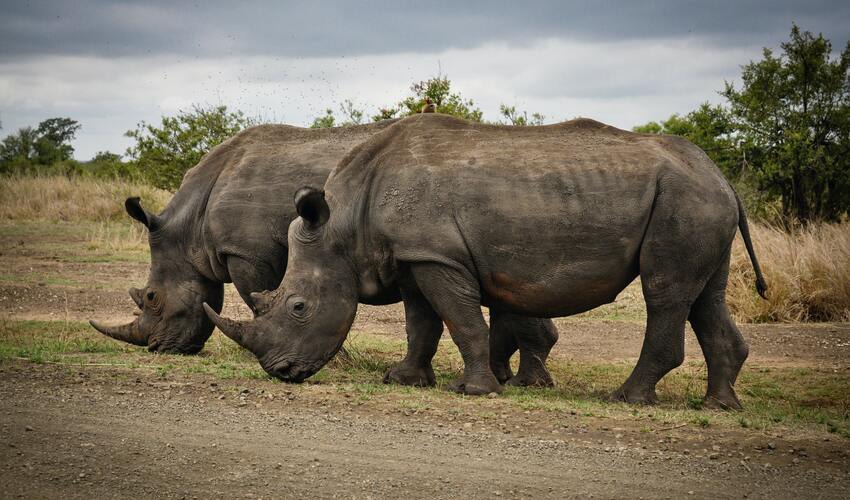Perissodactyla – Odd-toed ungulates
Wide distributed hoofed order comprises rhinos, tapirs, zebras & horses
As the name suggests, odd-toed ungulates, these animals are distinguished by the number and arrangement of toes on their hooves: they typically have one or an odd number of central toes that bear most of their weight. This distinct feature is not just a fascinating aspect of their anatomy but also a reflection of their evolutionary path.
This group, which flourished before the Oligocene epoch, experienced a diverse and rich presence across various habitats. However, the sands of time have seen their numbers dwindle, leading to a modern era where their once widespread dominion has been reduced significantly. Today, the Perissodactyla family includes recognizable members such as horses, zebras, and donkeys, which continue to thrive in various environments, thanks in part to their domestication and the roles they play in human society.
The plight of the rhinoceros is particularly poignant. From the robust black rhino, with its imposing horn and thick skin, to the greater one-horned rhino, which is an epitome of strength and endurance, these majestic creatures now face critical threats to their survival. Human activity, including poaching for horns and habitat loss, has brought these ancient animals to the verge of extinction, with conservation status for some species being alarmingly labeled as ‘Critically Endangered.’
Similarly, the various species of tapirs, with their prehensile snouts and shy demeanor, find themselves under severe threat. These animals, which serve as important seed dispersers and ecological indicators in their respective habitats, are suffering due to deforestation and hunting. Their presence in the Red Data Book is a testament to the urgent need for conservation efforts to ensure their continuity.
Families in this order
Horses, zebras, and donkeys –they carry, they kick, and they protect!
Once roamed throughout Europe, Asia, and Africa, now rhinos are some of the most endangered land mammals
Some of the most primitive mammals on earth, are never far from water!




